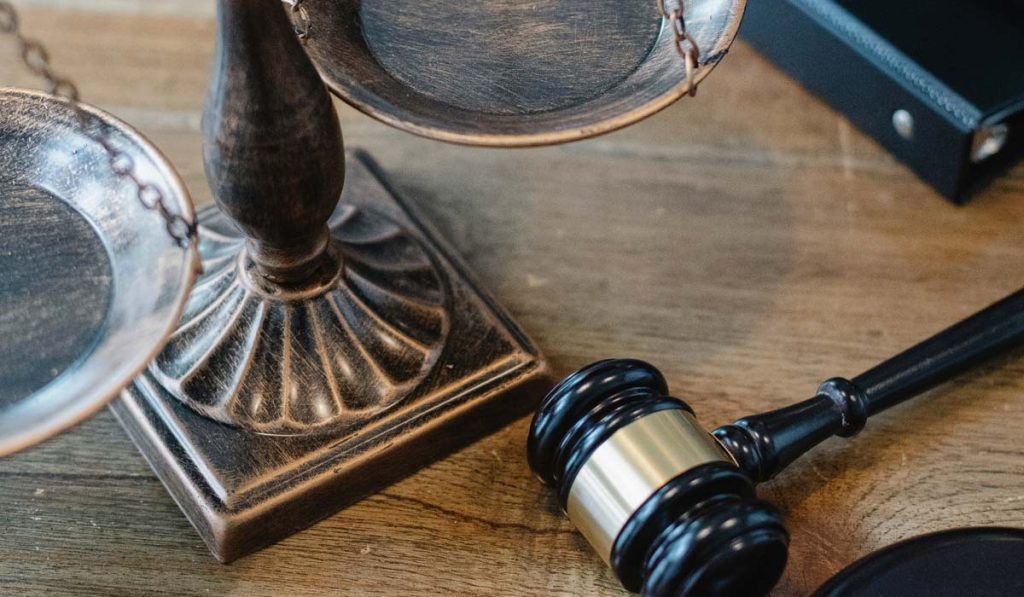
Laws prohibit employment and workplace discrimination based on gender identity and sexual orientation.
How Can I Make My Case That I Have Been Discriminated Against At Work?
Discrimination cases require proof. And the proof is not always easy to get. Poof requires gathering creditable evidence in the form of documents and/or witnesses who have observed the discriminatory acts first-hand. It is also advisable that part of your case includes the fact that you made your complaint known to your employer.
You must have proof that you are a member of one of the protected classes of race, religious creed, color, national origin, ancestry, physical disability, mental disability, medical condition, genetic information, marital status, sex, gender, gender identity, gender expression, age, sexual orientation, military status or veteran status.
You must prove that you suffered an adverse action at work because of any of the protected classifications. Types of adverse actions include a refusal to hire or employ you, a refusal to select you for a training program leading to employment, or to bar or to discharge you from employment or from a training program leading to employment, or discriminate against you in compensation or in terms, conditions, or privileges of employment.
You must offer proof that the adverse actions you are claiming were not legitimate activities by your employer but, instead, were pretextual.
If you wish to pursue a discrimination claim, here are some initial steps to take to begin to gather the necessary proof for a case of discrimination:
1. Prepare a list or a journal of the adverse things that have happened to you at work. Include dates, times, and a brief description. Keep this information at home and not at work.
This information may later be useful if you do file a complaint.
2. Collect and keep written documents that confirm adverse acts and conduct by your employer. These can be e-mails, memos, notes, etc. Either print hard copies of e-mails as you get them or forward them to a personal email account that you can always access. Often when an employee is terminated it happens so quickly that the employee is not able to print work e-mail or gather up documents before being asked to leave the premises. Getting copies later on may be extremely difficult and perhaps impossible.
3. Identify witnesses who observed the adverse acts against you. If possible, get witnesses to write statements about what they personally saw and/or heard. A witness who only has an opinion or heard information secondhand will not be able to substantiate your claim. Be aware that witnesses who still work for the employer may be reluctant to substantiate your situation as they may be fearful of losing their job or being treated adversely too. Be discrete about doing this so you do not disrupt the work environment.
4. Identify any former employees who may have experienced similar bad acts against them. Get their contact information. Speak to them and find out their story. Get them to write a statement of what happened to them. Keep their statements at home.
5. Get copies of all of your employment evaluations and your personnel file and keep them at your home.
6. Get a copy of any Employee Handbooks and keep it at home.
7. When the discrimination is obvious enough, be sure and make a complaint to
your employer’s HR Department or to a supervisor. The employer is entitled to know about discriminatory conduct against an employee so it can try to stop it. It is sometimes unfortunate, however, that an employee who makes a claim of discrimination may then become a target for scrutiny or even termination. This would be illegal retaliation and would add to the original claim of discrimination, however.
